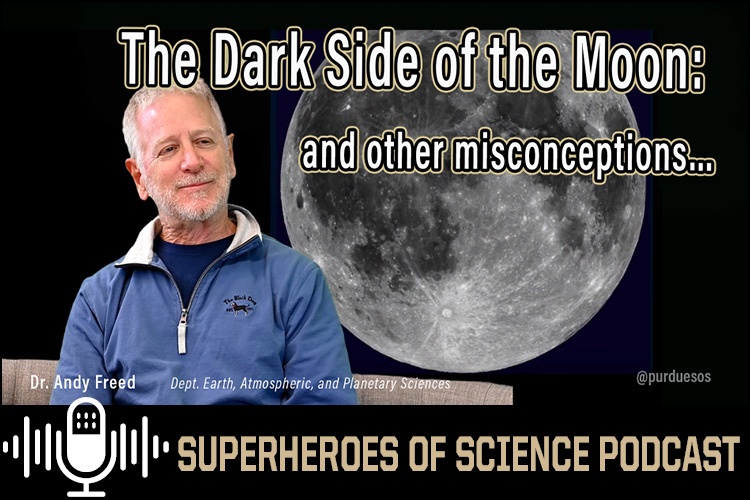News
NASA: 'New plan needed to return rocks from Mars'
BBC — The US space agency says the current mission design can't return the samples before 2040 on the existing funds and the more realistic $11B needed to make it happen is not sustainable. NASA is going to canvas for cheaper, faster "out of the box" ideas. Perseverance has been drilling and caching rocks that appear to have been laid down at the margin of the lake. One of the rover's senior scientists, Prof. Briony Horgan, of Purdue EAPS, said these samples were particularly exciting.
Cloudy science, clear insights: Atmospheric scientist studies clouds’ causes and effects
WEST LAFAYETTE, Ind. — Every cloud is lined, not with silver, but with science — at least from cloud expert Alexandria Johnson’s point of view. Clouds are ubiquitous. They are one of the most notable characteristics of planet Earth. Studying them is akin to studying the blood and arteries of the planet itself. Johnson, an atmospheric scientist and assistant professor in Purdue University’s College of Science, studies clouds wherever they are: in her lab, on Earth, throughout the solar system and into the galaxy.
China to hear pitches from NASA scientist, other researchers, to study Chang’e 5 lunar samples
SOUTH CHINA MORNING POST — China’s space agency has invited 10 scientists from the US, Europe and Asia to pitch their plans in person to study lunar samples brought back to Earth by China’s Chang’e 5 moon mission. US applicants appearing at the review will include planetary scientist Michelle Thompson from Purdue University.
Rock Sampled by NASA's Perseverance Embodies Why Rover Came to Mars
NASA — Analysis by instruments aboard NASA’s Perseverance Mars rover indicate that the latest rock core taken by the rover was awash in water for an extended period of time in the distant past, perhaps as part of an ancient Martian beach. Collected on March 11, the sample is the rover’s 24th – a tally that includes 21 sample tubes filled with rock cores, two filled with regolith (broken rock and dust), and one with Martian atmosphere. Briony Horgan, of Purdue EAPS, says, "we’re still exploring the margin and gathering data, but results so far may support our hypothesis that the rocks here formed along the shores of an ancient lake."
Special report: Solar eclipse path of totality
NBC — NBC Nightly News broadcast live from the Indianapolis Motor Speedway with NASA and Purdue University. Anchor Lester Holt interviews Andrew Feustel, astronaut and Purdue EAPS alumnus, at the 54 minute mark about this once in a lifetime view of the eclipse in totality.
All Departmental News



